Home>Gardening & Outdoor>Landscaping Ideas>How To Water Grass In Summer
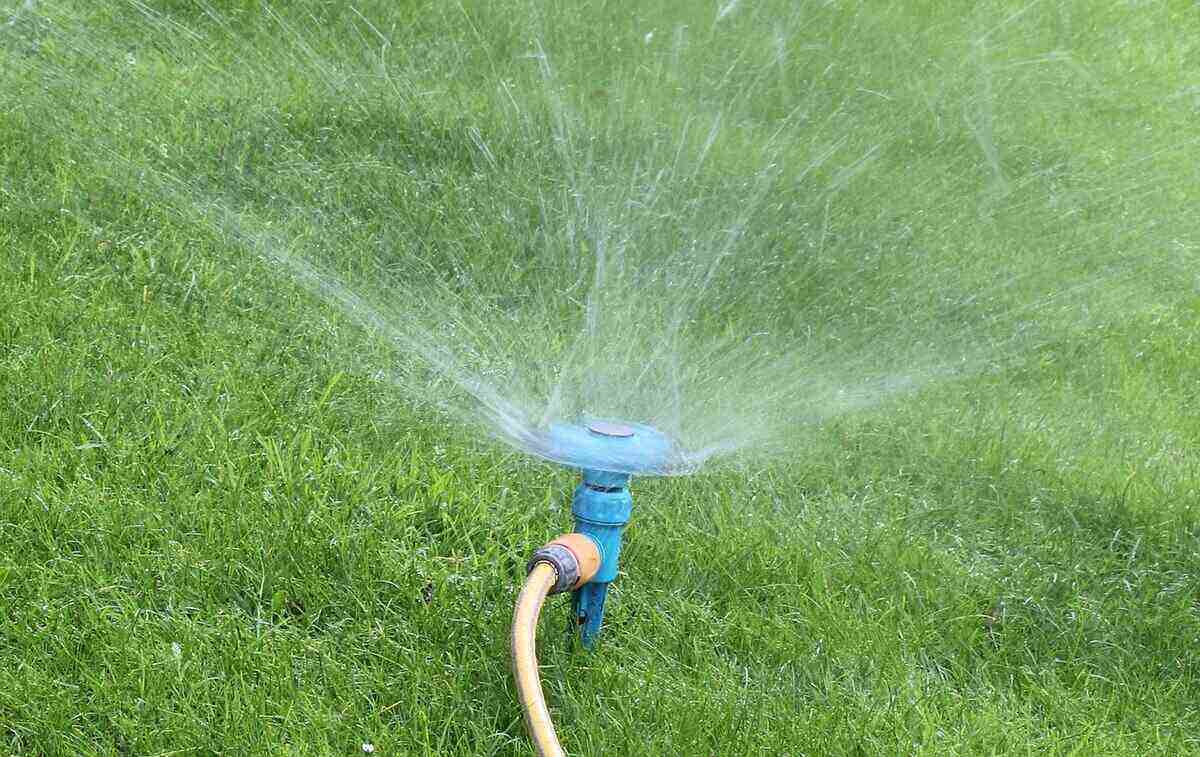

Landscaping Ideas
How To Water Grass In Summer
Modified: March 24, 2024
Learn effective landscaping ideas for watering grass in the summer to keep your lawn lush and healthy. Discover expert tips and techniques for proper lawn care.
(Many of the links in this article redirect to a specific reviewed product. Your purchase of these products through affiliate links helps to generate commission for Storables.com, at no extra cost. Learn more)
Introduction
As the summer sun beats down and temperatures soar, it’s crucial to understand the unique watering needs of your grass to maintain a lush, healthy lawn. Proper watering is essential for the well-being of your grass, especially during the hot and dry summer months. In this comprehensive guide, we’ll explore the best practices for watering grass in summer, signs of overwatering and underwatering, and tips for efficiently keeping your lawn hydrated. By the end of this article, you’ll be equipped with the knowledge and techniques to ensure your grass thrives throughout the summer season.
Key Takeaways:
- Mastering the art of watering your grass in summer involves understanding your grass type, soil, and climate. Deep watering, efficient irrigation, and monitoring soil moisture are key to a healthy lawn.
- Recognizing signs of overwatering and underwatering, using sustainable watering practices, and staying attuned to weather conditions are essential for a vibrant and enduring lawn.
Read more: How Often Water Grass In Summer
Understanding the Watering Needs of Grass
Before delving into the specifics of watering your grass in summer, it’s important to understand the unique watering needs of different grass types. The amount of water required can vary based on factors such as the type of grass, soil composition, and local climate conditions.
Grasses can be categorized into two main types: cool-season grasses and warm-season grasses. Cool-season grasses, such as Kentucky bluegrass and fescue, thrive in regions with moderate temperatures and are well-suited to cooler climates. On the other hand, warm-season grasses like Bermuda grass and Zoysia grass are better adapted to hot and dry climates, making them ideal choices for regions with scorching summers.
Soil composition also plays a critical role in determining the watering needs of your grass. Sandy soils drain water more rapidly, requiring more frequent watering, while clay soils retain moisture for longer periods, necessitating less frequent watering. Understanding your soil type is essential for devising an effective watering schedule.
Additionally, local climate conditions, including temperature, humidity, and rainfall patterns, significantly impact the watering requirements of your grass. Areas experiencing high temperatures and limited rainfall demand more frequent and thorough watering to prevent the grass from drying out and turning brown.
By considering the grass type, soil composition, and local climate conditions, you can tailor your watering practices to meet the specific needs of your lawn. In the next section, we’ll explore the best practices for effectively watering grass in the scorching summer months.
Best Practices for Watering Grass in Summer
Watering your grass efficiently during the summer is essential for maintaining a vibrant and resilient lawn. Implementing the following best practices will help you optimize your watering routine and promote the health and vitality of your grass:
- Watering Schedule: Establish a consistent watering schedule to ensure that your grass receives an adequate amount of moisture. Early morning is the best time to water your lawn, as it allows the grass to absorb the water before the sun’s intensity increases. Watering in the morning also minimizes water loss due to evaporation.
- Deep Watering: Rather than frequent shallow watering, aim for deep and infrequent watering sessions. Deep watering encourages the development of deep root systems, making the grass more resilient to drought conditions. It’s advisable to water the lawn to a depth of 6 inches to ensure that the roots receive ample moisture.
- Watering Uniformity: Ensure that your lawn receives uniform water coverage to prevent patches of dry or overwatered grass. Pay attention to areas near trees and shrubs, as they may require additional watering due to competition for water resources.
- Use of Sprinklers or Irrigation Systems: Consider utilizing sprinklers or automated irrigation systems to facilitate consistent and efficient watering. These systems can be programmed to deliver the appropriate amount of water at the optimal time, reducing the need for manual intervention.
- Monitor Soil Moisture: Regularly assess the moisture levels in the soil to gauge the effectiveness of your watering efforts. Insert a screwdriver or soil probe into the ground to determine the depth of moisture penetration. Adjust your watering schedule based on the soil’s moisture content.
By adhering to these best practices, you can ensure that your grass receives the right amount of water to thrive in the summer heat. In the subsequent section, we’ll explore the signs of overwatering and underwatering, enabling you to identify and address potential issues promptly.
Water your grass deeply and infrequently in the early morning to reduce evaporation. Aim for 1-1.5 inches of water per week, and adjust based on rainfall. This encourages deep root growth and helps the grass withstand summer heat.
Signs of Overwatering and Underwatering
Recognizing the signs of overwatering and underwatering is crucial for maintaining the health and appearance of your lawn. Both scenarios can have detrimental effects on the grass, making it essential to identify and address these issues promptly.
Signs of Overwatering:
- Pooling Water: If you notice standing water or pooling in certain areas of your lawn after watering, it may indicate overwatering. Excess water can suffocate the roots and create an environment conducive to fungal growth.
- Mushy or Soggy Soil: Overwatered soil tends to become waterlogged, resulting in a mushy or soggy texture. This hinders the exchange of oxygen to the roots, potentially causing them to rot.
- Yellowing Grass: Grass that is receiving too much water may exhibit yellowing or browning, indicating stress and potential root damage.
- Weed Growth: Overly moist conditions can promote the growth of weeds, as they thrive in environments with abundant moisture.
Signs of Underwatering:
- Wilting and Discoloration: Underwatered grass often wilts and displays signs of discoloration, such as a dull, bluish hue. The blades may also become brittle and prone to breakage.
- Slow Growth: Insufficient water supply can impede the growth and development of the grass, leading to a stunted appearance.
- Thinning and Bare Patches: Areas of the lawn may experience thinning and the formation of bare patches as a result of inadequate moisture.
- Soil Dryness: Dry, crumbly soil that appears powdery to the touch is indicative of insufficient watering, signaling the need for additional moisture.
By being attentive to these signs, you can adjust your watering practices to maintain the optimal moisture levels for your grass. In the next section, we’ll delve into valuable tips for efficiently watering your grass in summer, allowing you to nurture a resilient and vibrant lawn.
Tips for Efficiently Watering Grass in Summer
Effectively managing the watering process is essential for promoting the health and vitality of your lawn during the summer months. By implementing the following tips, you can optimize your watering practices and ensure that your grass thrives in the heat:
- Adjustable Sprinklers: Utilize adjustable sprinklers to customize the water distribution based on the specific needs of different areas of your lawn. This allows you to target dry patches while avoiding overwatering in areas with sufficient moisture.
- Water Conservation: Embrace water conservation practices by incorporating rain barrels or cisterns to collect and store rainwater for later use in watering your lawn. This sustainable approach reduces reliance on traditional water sources and minimizes your environmental impact.
- Mulching: Apply a layer of organic mulch, such as shredded bark or compost, around trees, shrubs, and garden beds to retain soil moisture. Mulch acts as a natural insulator, reducing water evaporation and promoting a healthier root environment for your grass.
- Drought-Resistant Grass Varieties: Consider planting drought-resistant grass varieties that are well-suited to hot and dry conditions. These resilient grasses require less water and exhibit greater tolerance to prolonged periods of heat and limited rainfall.
- Regular Lawn Maintenance: Engage in regular lawn maintenance practices, including aerating the soil and mowing at the appropriate height, to promote healthy root development and enhance the grass’s ability to absorb water efficiently.
- Monitor Weather Conditions: Stay informed about local weather forecasts and adjust your watering schedule based on anticipated rainfall. Avoid unnecessary watering if significant precipitation is expected, allowing nature to supplement the moisture requirements of your lawn.
By incorporating these tips into your lawn care routine, you can ensure that your grass receives the right amount of water while adopting sustainable and environmentally conscious practices. Implementing these strategies will contribute to the overall health and resilience of your lawn, enabling it to withstand the challenges posed by the summer heat.
As you apply these tips and techniques to water your grass effectively, you’ll witness the rewards of a vibrant and thriving lawn that enhances the beauty of your outdoor space. In the following section, we’ll recap the key insights and conclude this comprehensive guide to watering grass in summer.
Read more: How Long To Water Grass In Arizona Summer
Conclusion
Mastering the art of watering your grass in summer is a fundamental aspect of maintaining a lush and resilient lawn. By understanding the unique watering needs of different grass types, implementing best practices for summer watering, and being attentive to signs of overwatering and underwatering, you can nurture a thriving lawn that enhances the aesthetic appeal of your outdoor environment.
As you navigate the summer months, it’s essential to establish a consistent watering schedule that aligns with the specific requirements of your grass type, soil composition, and local climate conditions. Embracing deep watering techniques, utilizing efficient irrigation systems, and monitoring soil moisture levels are key components of an effective watering regimen.
Recognizing the signs of overwatering and underwatering empowers you to make timely adjustments to your watering practices, ensuring that your grass receives the optimal amount of moisture for sustained health and growth. By incorporating sustainable water conservation methods, such as rainwater harvesting and the use of drought-resistant grass varieties, you can minimize water usage while promoting the resilience of your lawn.
As you embark on the journey of efficiently watering your grass in summer, remember to stay attuned to the ever-changing weather conditions and adjust your watering routine accordingly. By integrating these strategies into your lawn care regimen, you can foster a vibrant and enduring lawn that serves as a testament to your dedication and expertise in nurturing outdoor green spaces.
With the knowledge and insights gained from this guide, you are well-equipped to navigate the nuances of summer watering and elevate the health and beauty of your lawn. By implementing these practices, you can embark on a fulfilling journey of cultivating a lush and thriving outdoor oasis that brings joy and tranquility to your surroundings.
Frequently Asked Questions about How To Water Grass In Summer
Was this page helpful?
At Storables.com, we guarantee accurate and reliable information. Our content, validated by Expert Board Contributors, is crafted following stringent Editorial Policies. We're committed to providing you with well-researched, expert-backed insights for all your informational needs.
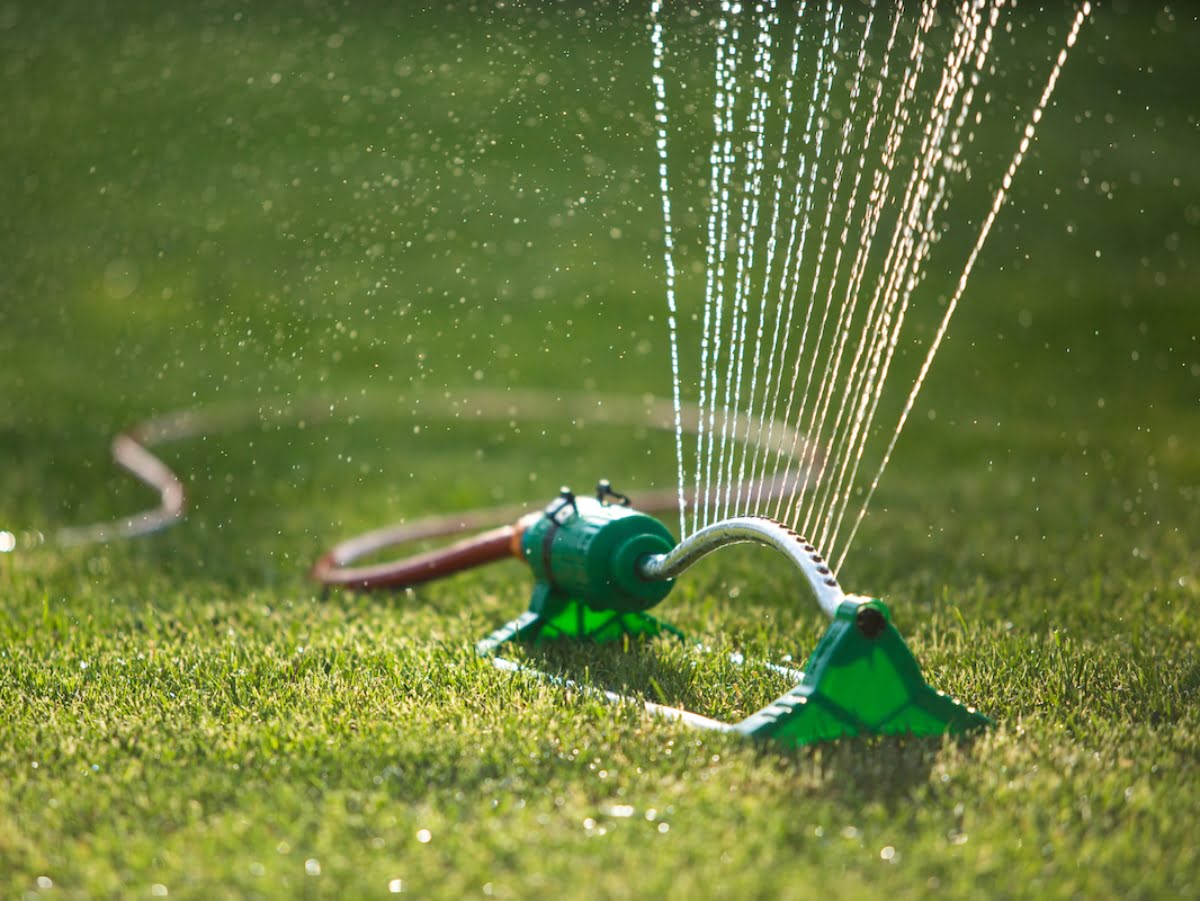
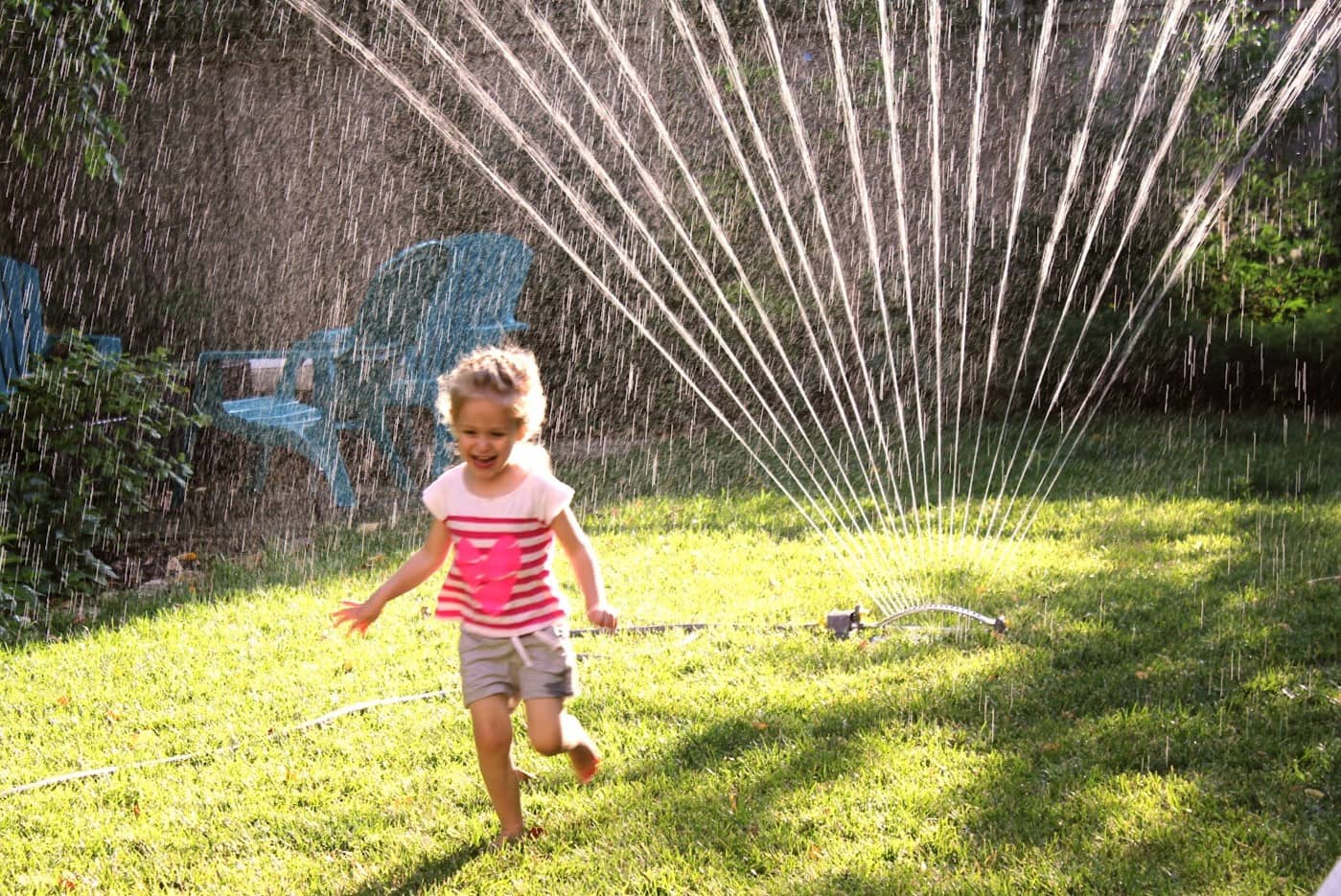
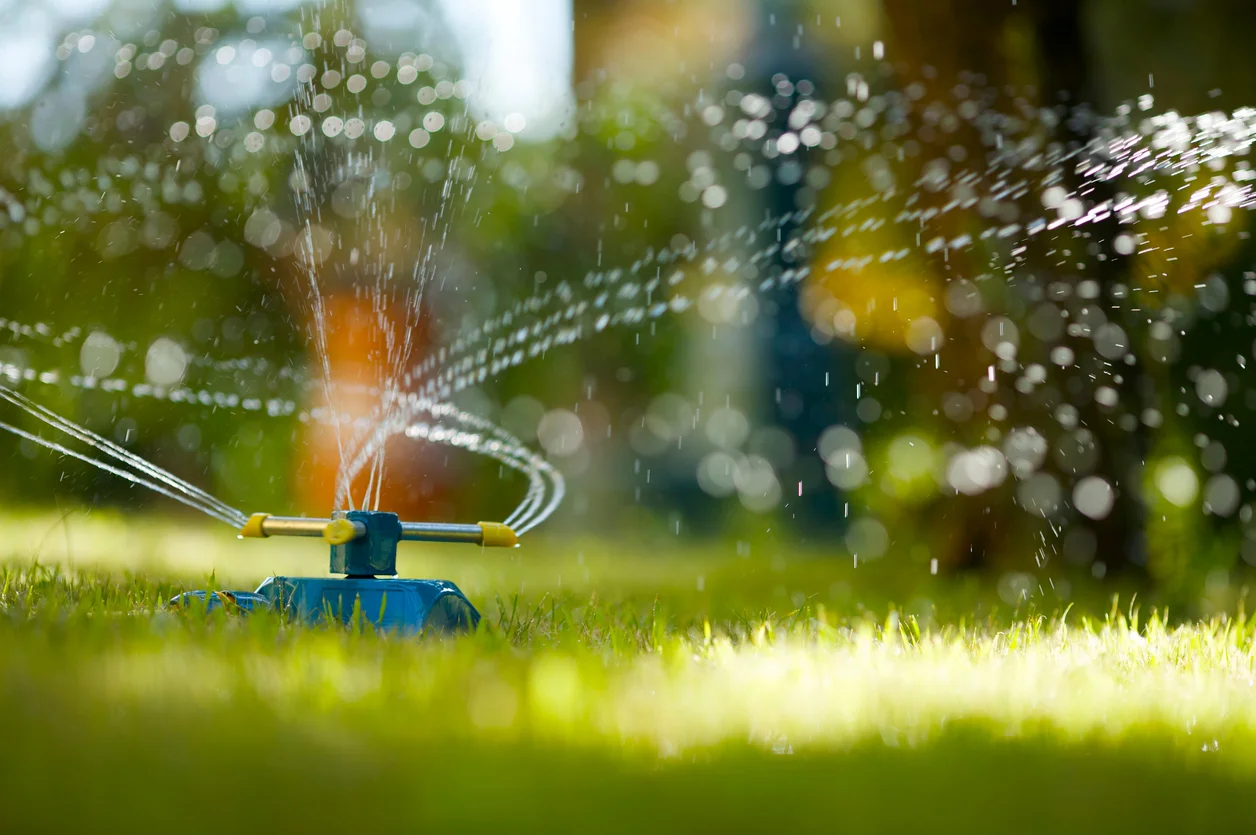



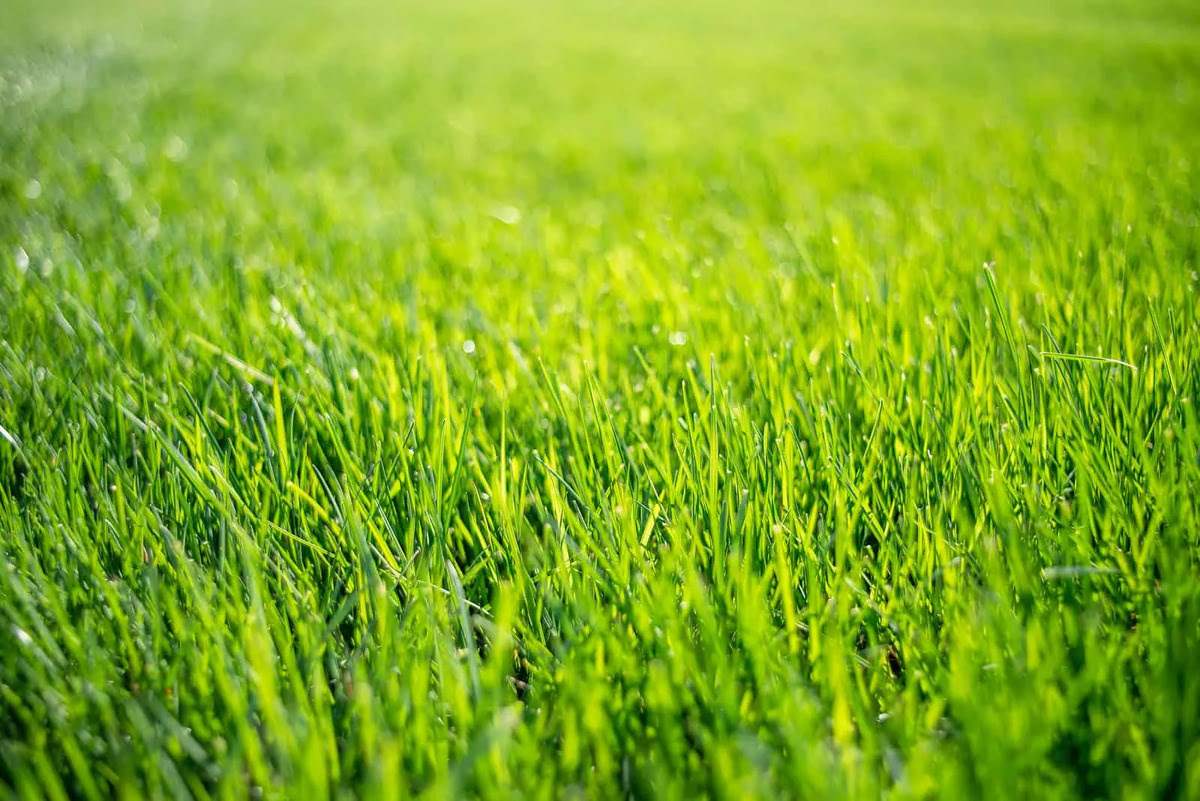
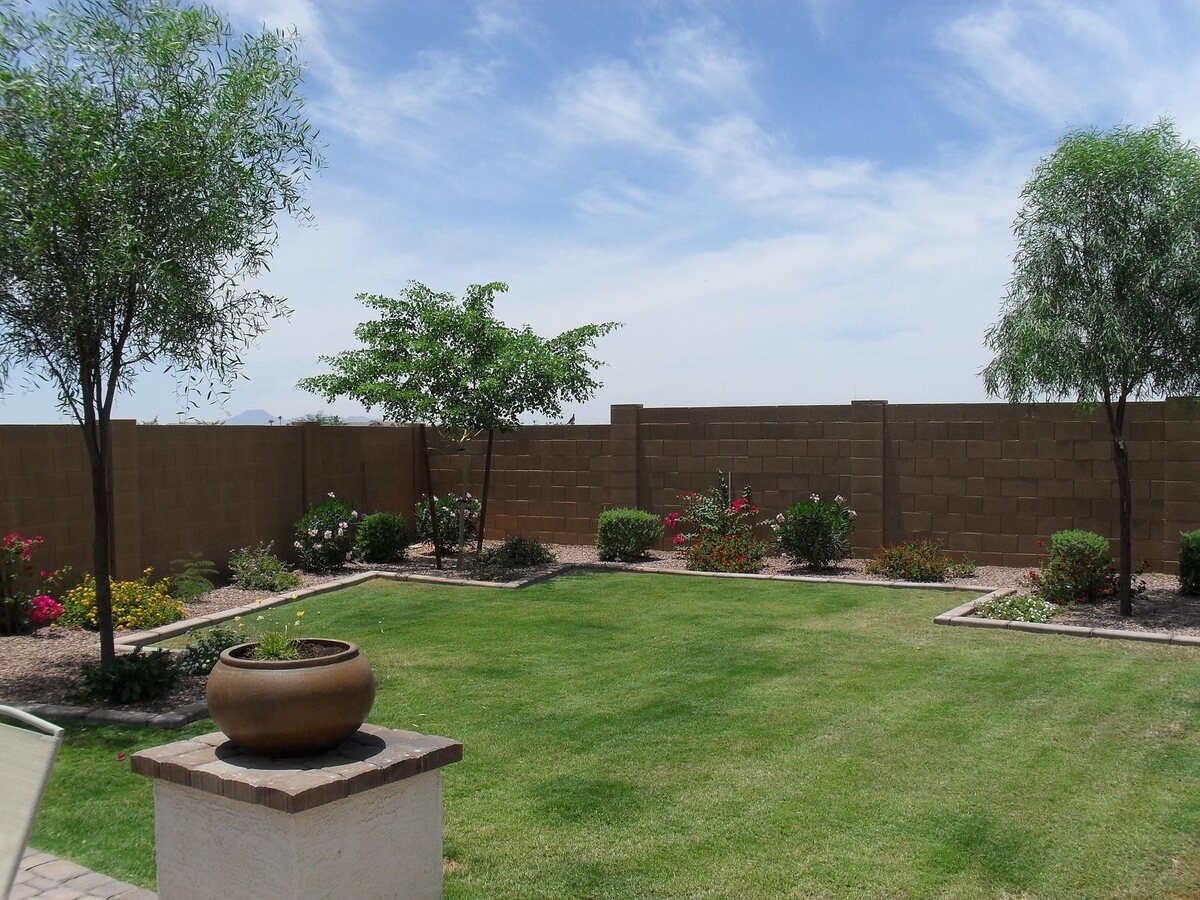
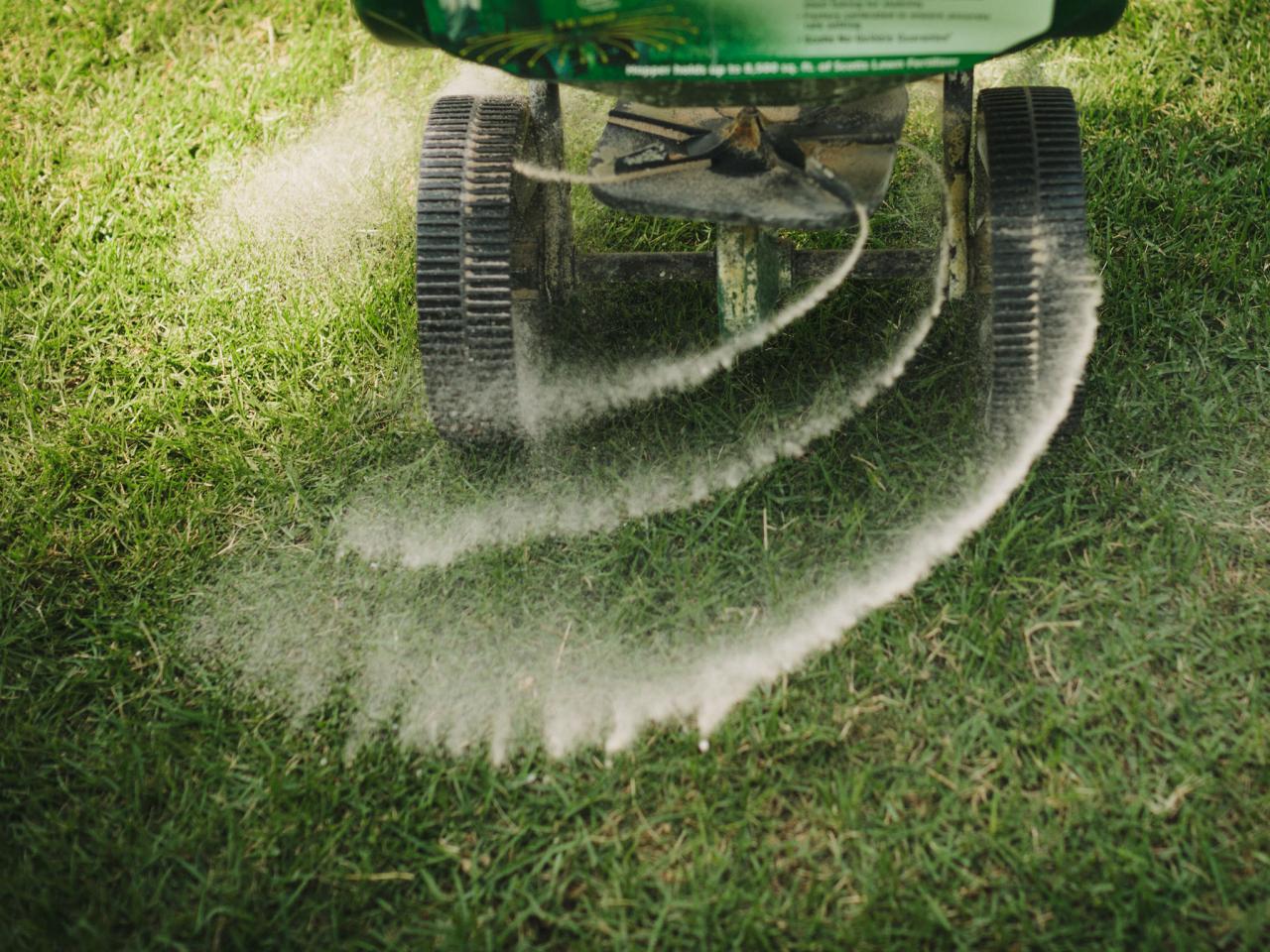
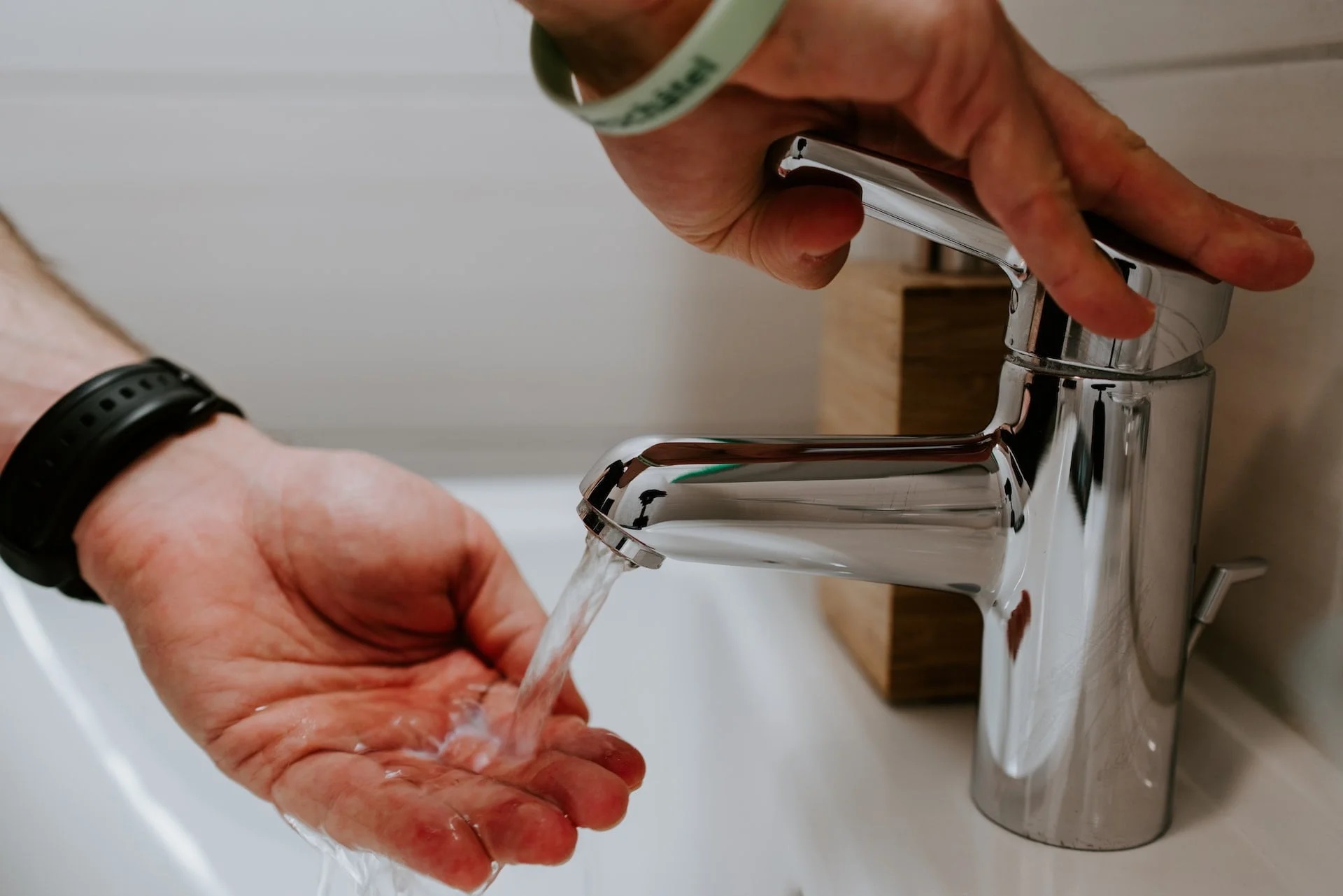

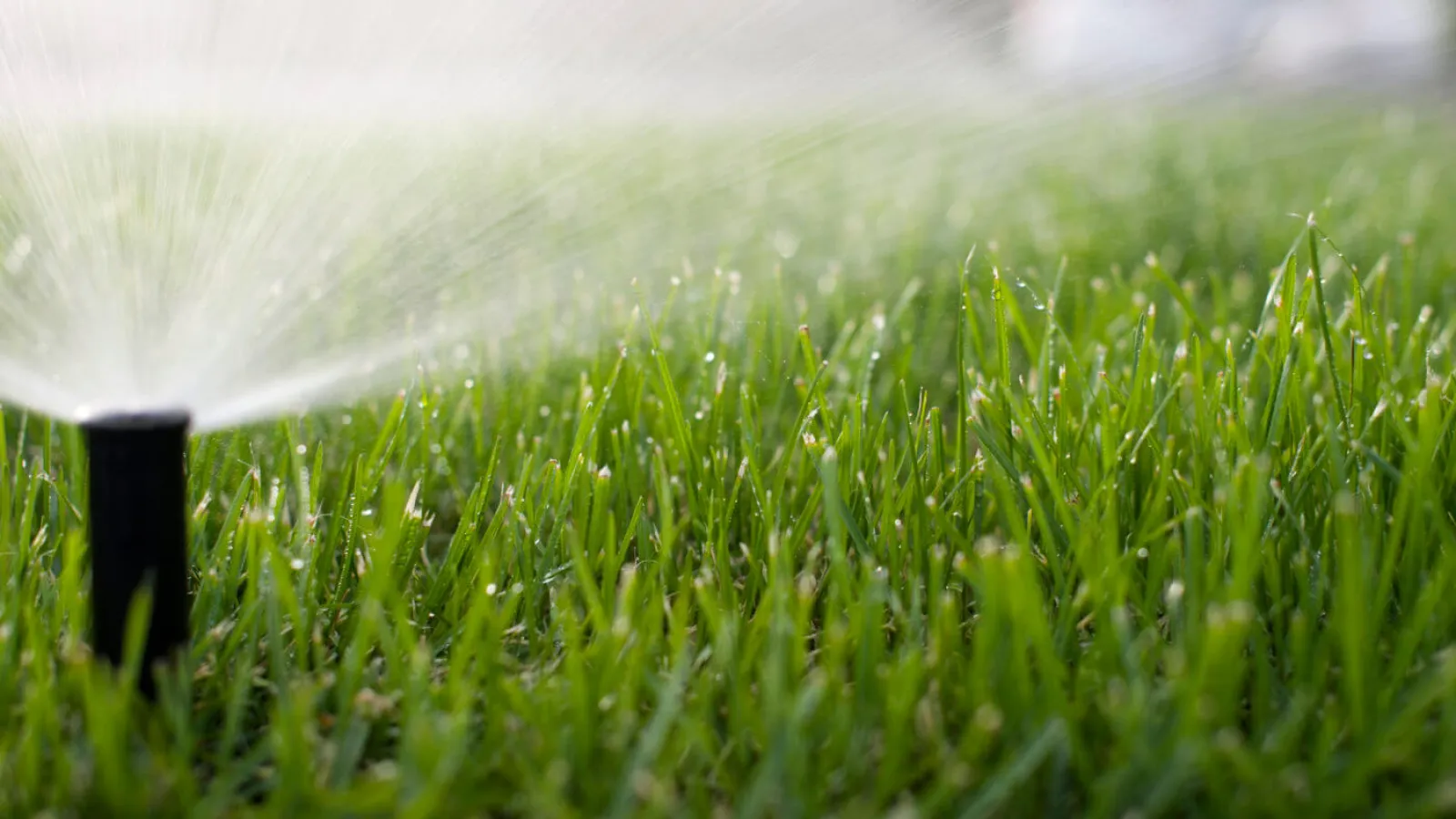
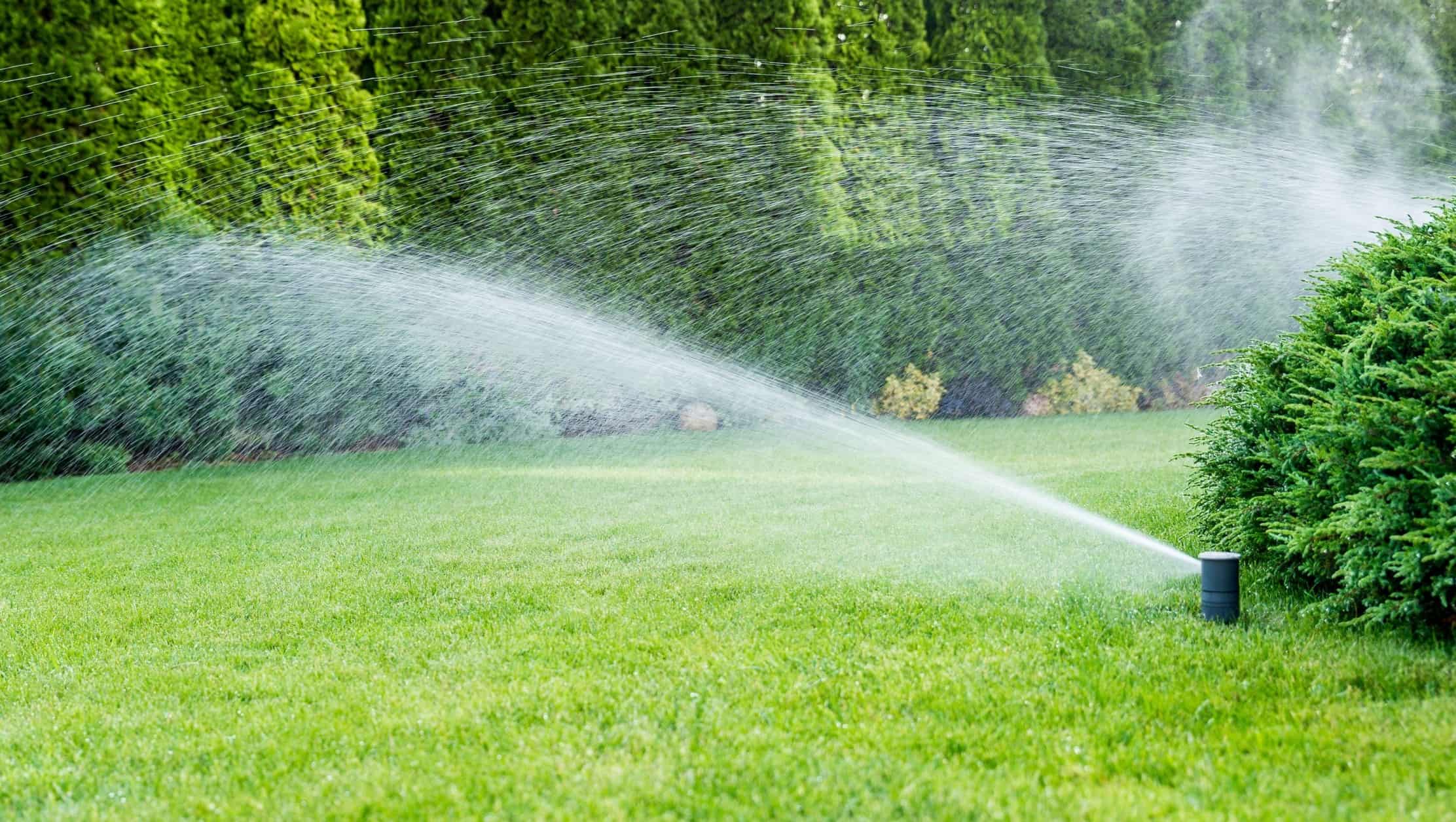
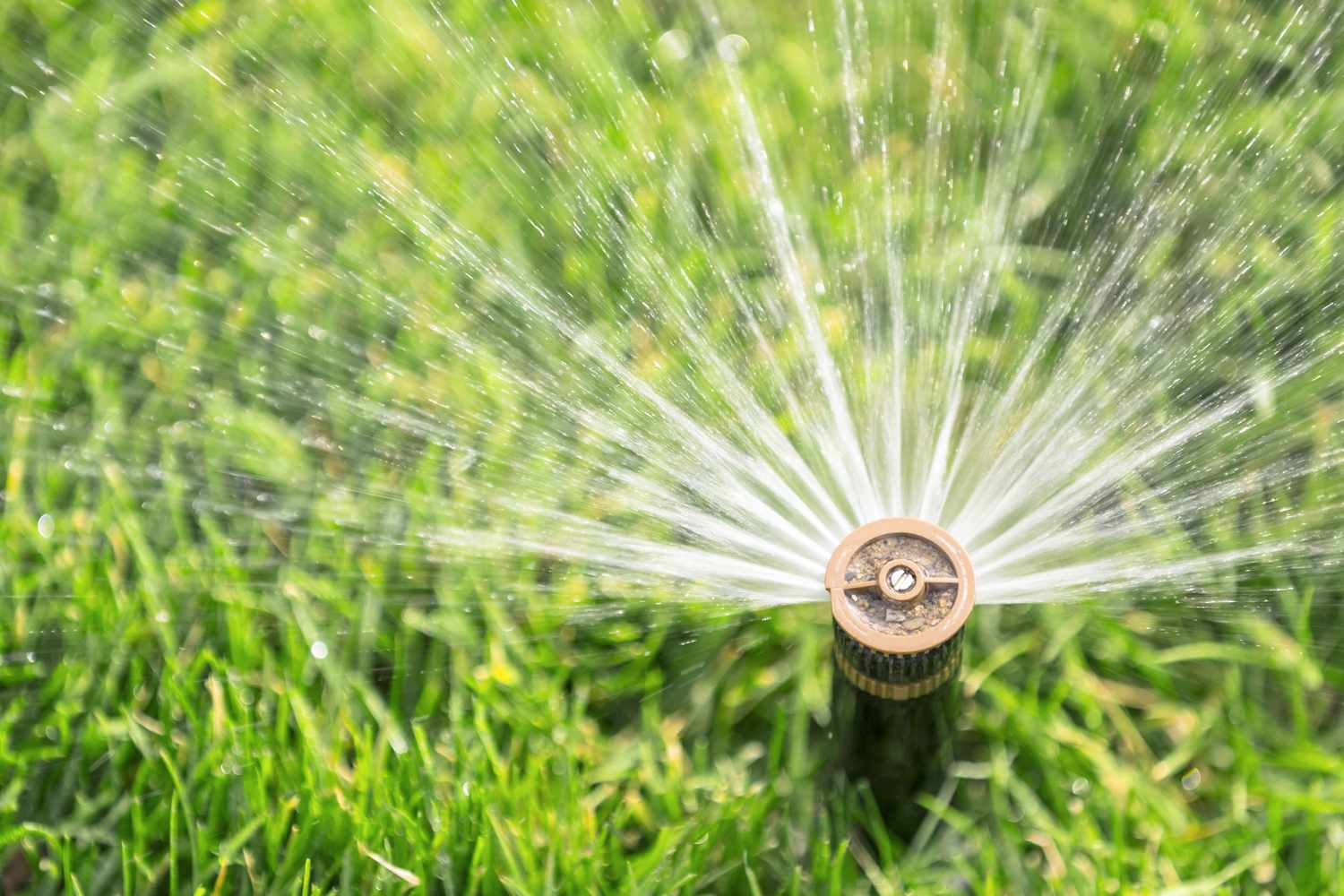

0 thoughts on “How To Water Grass In Summer”